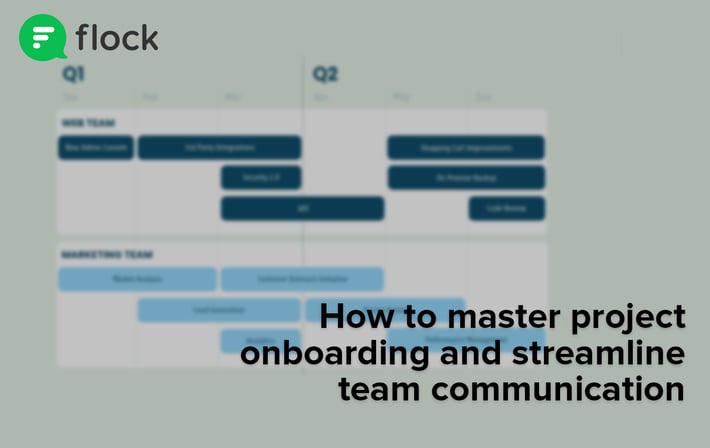
You hire the best people for the job, so when it comes to industry knowledge, critical thinking, and innovative insights, your team is worth its weight in gold. Yet getting these talented people to work together on cross-functional projects is more challenging than we think.
The challenges to effective collaboration within a team are many but these tips can help you encourage more brain-writing and improving collaboration in your team.
Great ideas can come from anyone
 Titles can be divisive, invisible barriers to effective workplace communication and team collaboration. Not only can strict hierarchies hinder growth and get in the way of productivity, but they also encourage individuals to suppress their creativity and keep would-be great ideas to themselves.
Titles can be divisive, invisible barriers to effective workplace communication and team collaboration. Not only can strict hierarchies hinder growth and get in the way of productivity, but they also encourage individuals to suppress their creativity and keep would-be great ideas to themselves.
Great teams are made of great people

Empower every individual in your team to contribute to decision-making for projects. Start by saying, “I understand you have some concerns about this project. Let’s have a discussion with __, and together, we can do something about this.” Focus on the contributions of the individual to improve healthy cohesion within the team.
Build cross-functionally, not hierarchically

Sometimes, you should get out of your own way

Channel conflict and tension into creativity









